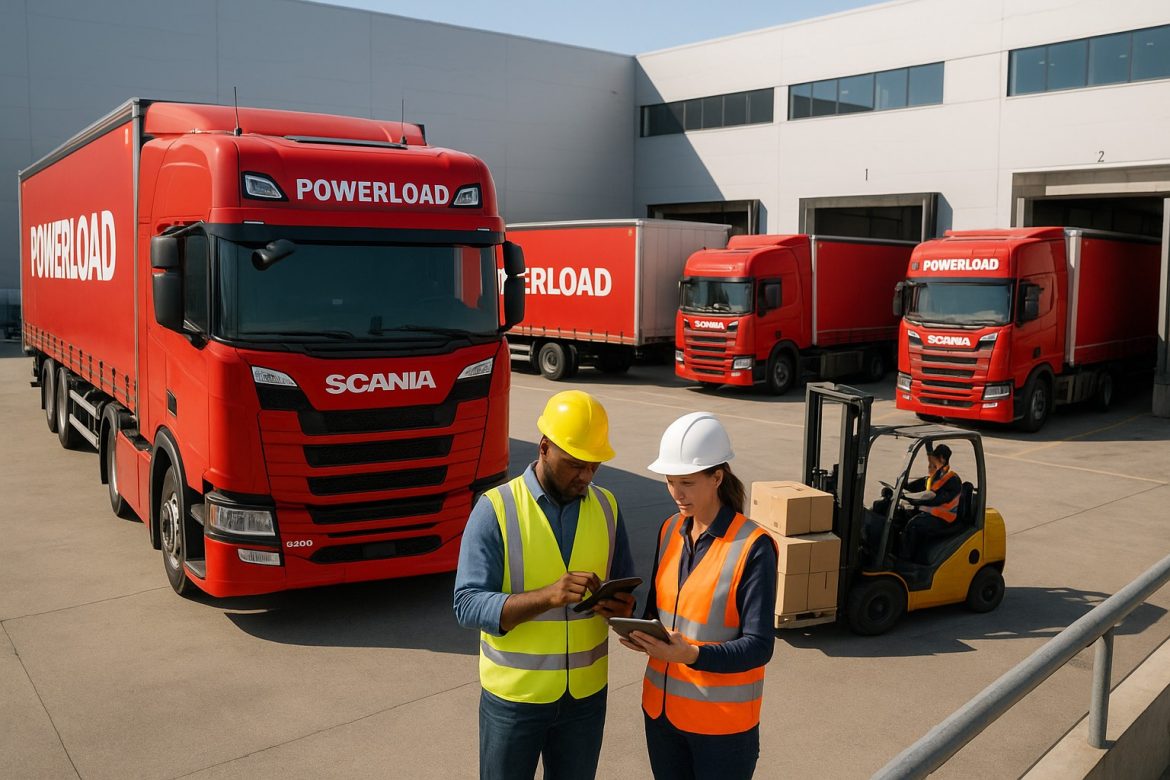Satisfying customers is a significant challenge for merchants. That’s how it’s always been, even if the product was brought from the other side of the world. Today, the market is flooded with products, some very good, others almost unnecessary, but customers must be pleased, especially when the online market puts you in the bind that if you don’t deliver it, someone else will. That’s competition for you. That’s why that last leg of the market, which in Spain we call the last mile, is a challenge for commercial logistics.
This is why this year, urban logistics in Spain faces its ultimate test. This final link of the supply chain, traditionally the most complex and costly, is being radically transformed by the pressure of e-commerce and the pressing need for sustainability.
Spanish cities, with their dense historic centers and growing traffic restrictions, have become the perfect laboratory to implement and refine innovative solutions that seek to reconcile delivery speed with urban livability.
Technological innovation is the main engine of this revolution. Delivery drones and autonomous vehicles are moving from pilot projects to operational realities, especially in semi-urban environments and for high-urgency shipments or in hard-to-reach situations.
These systems promise not only super-fast delivery but also a significant reduction in carbon footprint by relying on electric energy, alleviating congestion on main streets by making deliveries in a more distributed and efficient way.
In parallel, the network of automated pickup points and smart lockers has expanded enormously, becoming the backbone of efficient last-mile delivery.
This year it is common to find these modules in public transport stations, shopping centers, and residential communities, functioning as centralized mailboxes for an entire block. This solution solves the chronic problem of failed deliveries, gives total flexibility to the customer, and allows logistics companies to optimize their routes by grouping packages into a single stop, drastically reducing the number of individual stops.
However, the success of these innovations depends not only on technology but on a collaborative ecosystem. The integration of real-time data through digital platforms is crucial for all parties (retailers, logistics operators, and customers) to be perfectly synchronized.
Furthermore, regulatory adaptation by city councils and the central government has been vital to creating a legal framework that allows drones and robots to operate, while establishing ultra-fast loading and unloading zones and encouraging the use of urban distribution centers to bring goods closer to the end consumer.
In short, the last mile in Spain this year is not seen as a simple operational problem, but as a strategic opportunity.
The combination of autonomous vehicles, an extensive network of smart lockers, and advanced data management is shaping a more resilient, sustainable, and user-centered logistics model. The ultimate goal is no longer just to deliver a package quickly, but to do so in a way that contributes to a cleaner, more orderly, and efficient city for all its inhabitants.
Have any thoughts?
Share your reaction or leave a quick response — we’d love to hear what you think!





